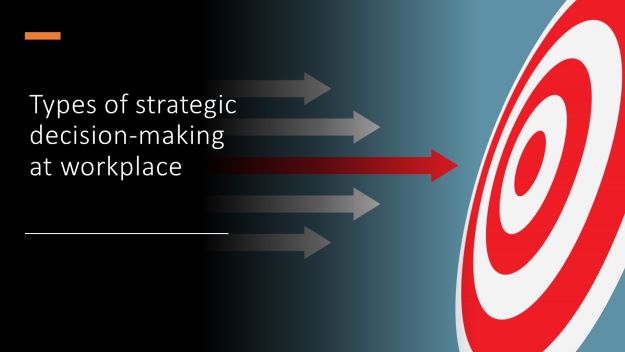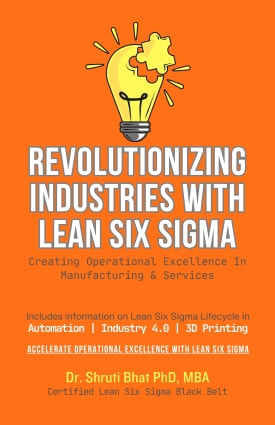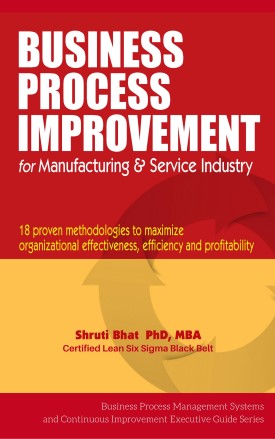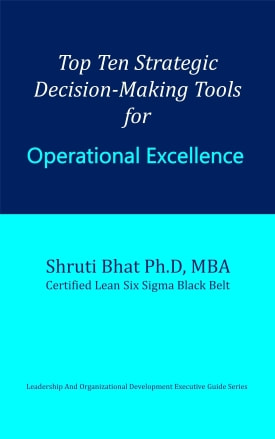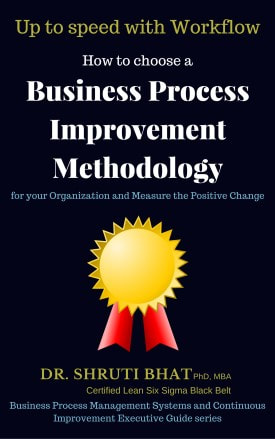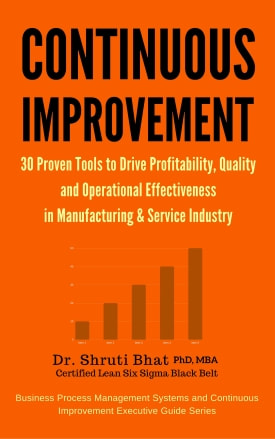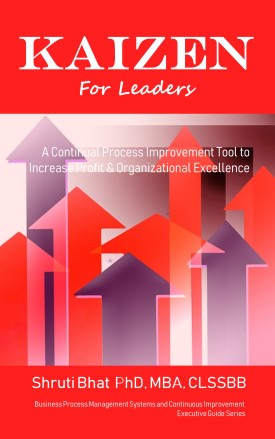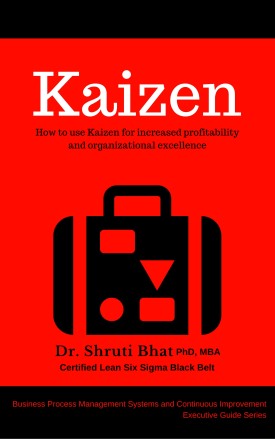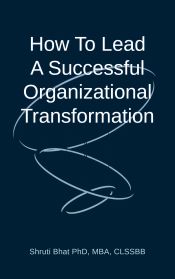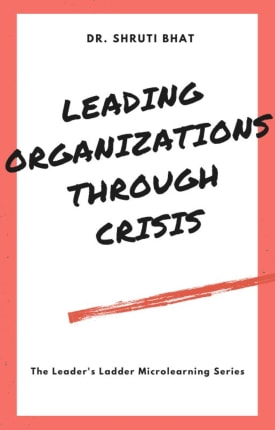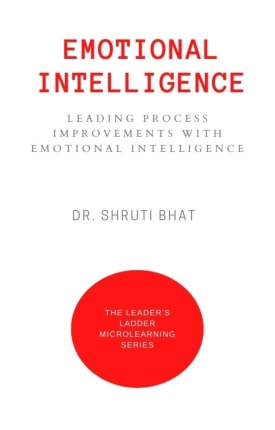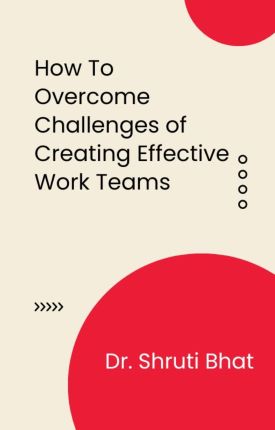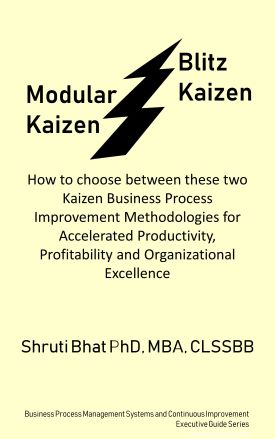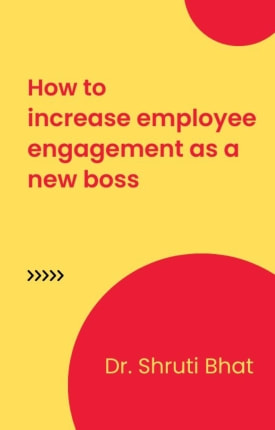These may include environmental solutions, turnover, expansion to newer geographies, or a combination of these. Knowing these long-term goals can help you make daily decisions. Creating a mission statement is an excellent way to make this goal crystal clear. Then, you can use this mission statement to guide your strategic decisions.
Elimination by aspects
The elimination by aspects of strategic decision-making technique is a method that reduces the number of alternatives in an analysis by identifying the important attributes of each. The decisionmaker then evaluates the alternatives one at a time, eliminating any that do not meet this criterion. For example, a decisionmaker may consider two car options, one of which is more affordable, and the other is safer. After evaluating the alternatives, the decisionmaker will decide which option will have the best balance of those two attributes.
The elimination by aspects model reduces the number of possible alternatives and outcomes to a manageable number. Nonetheless, this method may produce sub-optimal results if not done correctly.
Functional decision-making
Functional decision-making can be a tricky process. However, it's important to know that cross-functional decision-making is a necessity to get the best answer for any problem.
The process of making important decisions must be delegated to the proper level of the company. This means avoiding CEOs from making decisions that should be made by regional managers. Yet, in today's world, too many decisions are made at the top level of a company, often to the detriment of the company's employees. Fortunately, there are ways to balance the executive team at the center with business unit managers to avoid this pitfall.
Intuitive rational combinations
There is a dearth of literature examining the role of context in influencing intuition. Despite the prevalence of intuitive decision-making, there has been little research into its contextual determinants, nor have studies examined how different perspectives influence intuition. In a study, examining the role of three contextual factors on intuitive decision-making found that contextual factors have a greater impact on intuition than the nature of the decision.
The number of studies exploring the role of intuition in strategic decision-making has increased over the past decade, but there are still some gaps in their analysis. One of these is that the conceptual model of intuitive decision-making includes only one antecedent, and few study researchers explicitly examine contextual variables as influences of intuition. In addition, little is known about the determinants of intuition.
Process perspective
The research on strategic decision processes has not given us an insight into the role of context and the process perspective. The external and internal environments of a firm are intertwined through boundary spanners, but the impact of these spanners is difficult to assess. Thus, we need a better understanding of these processes and what factors are important in strategic decision-making.
The concept of process is usually associated with executive decision-making. Processes include an organization, the strategy-makers, and the issue under decision. Often, a process is framed in terms of a sequence of actions, with each action affecting the next. Similarly, this process perspective is similar to the actual strategic decision-making process.
Planning for change
Strategic decision-making is the process of charting the course of an organization based on its long-term vision and goals. The process aligns short-term goals and objectives with long-term objectives, which can be measured against adherence to the vision. It can help to set clear goals and values for your organization and to ensure that every decision you make is based on the vision and long-term goals. Developing a mission statement for your organization is an excellent way to get started.
When defining change strategy, you must determine the types of decisions you'll make. For example, a decision to change the way you engage your workforce may involve a cultural change, which requires a new approach. Likewise, a decision to change the way you reward employees might require a change in seniority or in supervisor-employee relationships. Once you've defined the types of decisions you'll make, it's time to assign roles to different stakeholders.
How fast a decision is made and how good is that decision determines how far the business will thrive. |
Related Reading:
- Kaizen for pharmaceutical, medical device and biotech industries
- How to cut costs strategically using Kaizen
- Streamline processes and workflows with Gemba Walk.
- Top Ten Strategic Decision-Making Tools for Operational Excellence
Follow Shruti on Twitter, Facebook, YouTube, LinkedIn
Categories: Strategy | Leadership
Keywords and Tags:
#operationalexcellence #strategicdecisionmaking #strategy #strategymanagement #decisiontools #decisionmaking #strategicplanning #challengesofdecisionmaking

